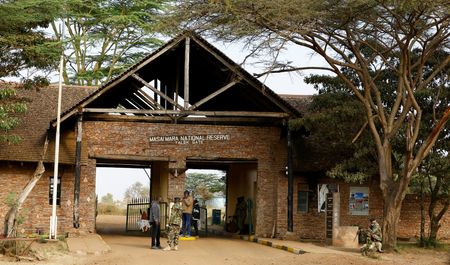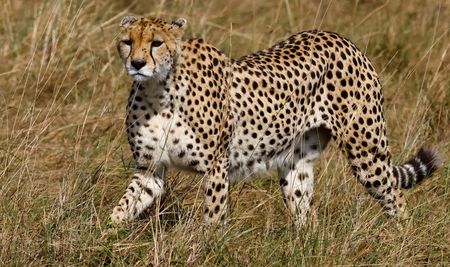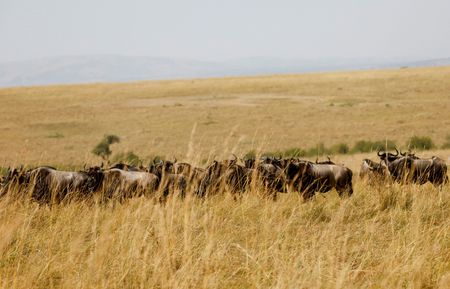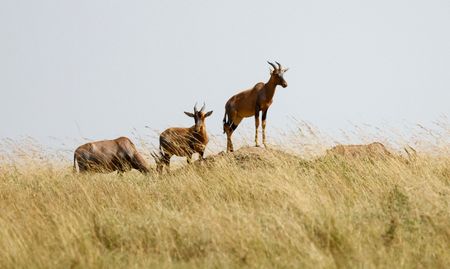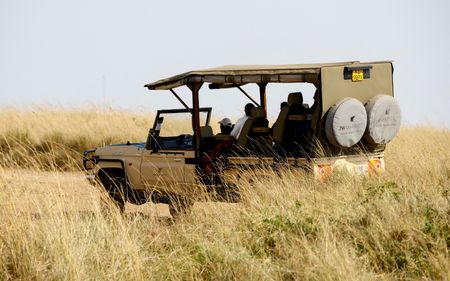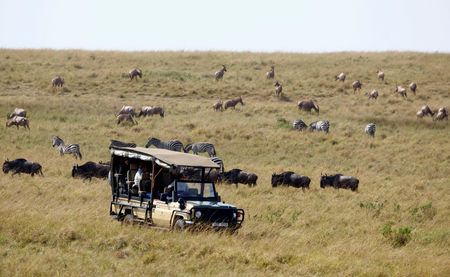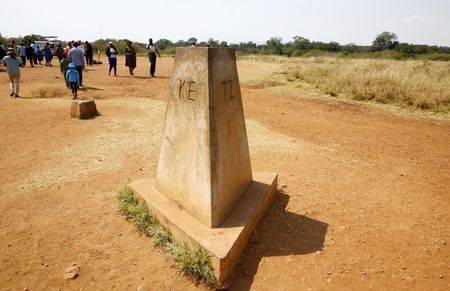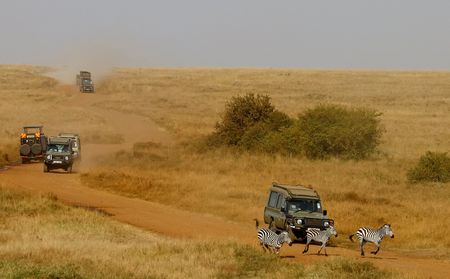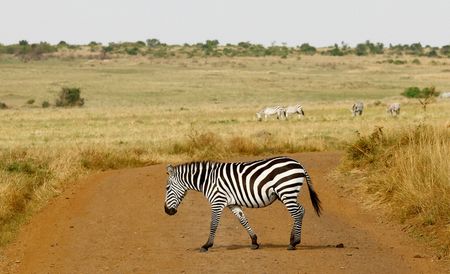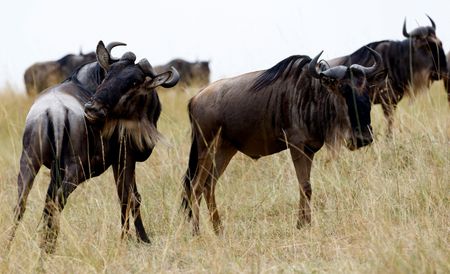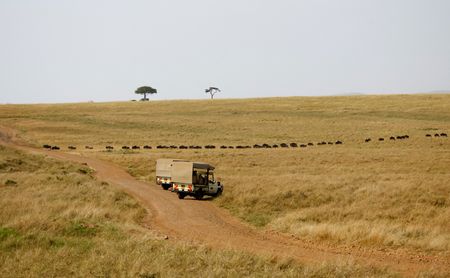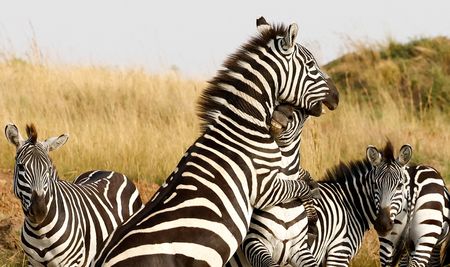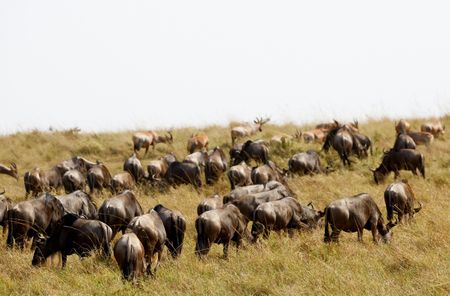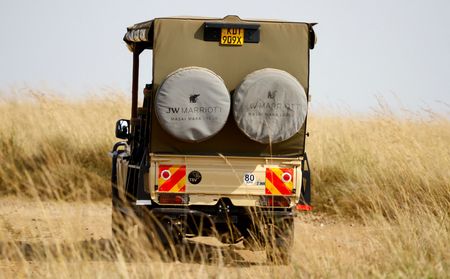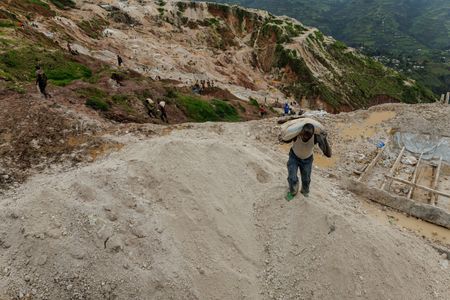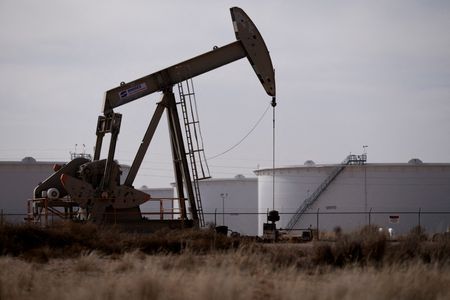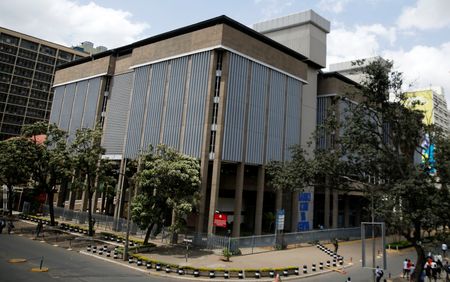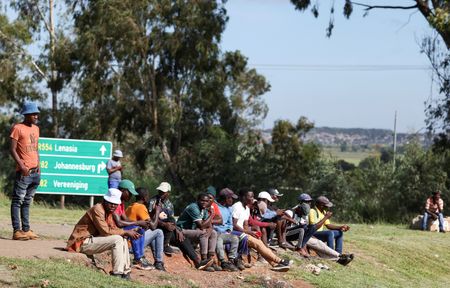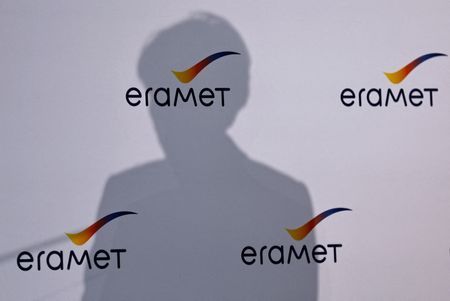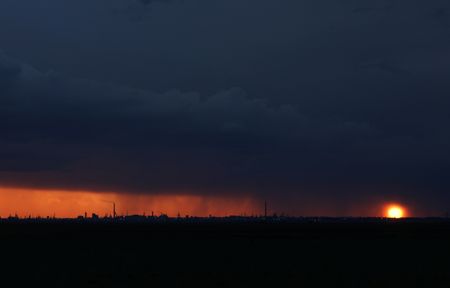By Aaron Ross
MAASAI MARA NATIONAL RESERVE, Kenya (Reuters) -When Ritz-Carlton opens its first safari lodge on Friday in Kenya’s Maasai Mara reserve, guests will pay nightly rates starting from $3,500 per person for tented suites with private decks overlooking a river crossed by migrating wildebeest.
But the director of a Maasai conservation institute and researchers say the true cost of those sublime views will run much higher by damaging one of the world’s most renowned ecosystems.
On Tuesday, Meitamei Olol Dapash from the Institute for Maasai Education, Research and Conservation (MERC) filed a lawsuit in a Kenyan court against Ritz-Carlton, its owner Marriott, the project’s local developer Lazizi Mara Limited and Kenyan authorities to try to block the scheduled opening.
Dapash alleges in the lawsuit that the 20-suite camp, which boasts plunge pools and personalised butler service, obstructs a crucial migration corridor between Maasai Mara and Tanzania’s Serengeti. Researchers say migration allows wildebeest to find food and maintain genetic diversity among herds.
The lawsuit also says there is no evidence an environmental impact assessment was conducted. Dapash’s lawyers asked the Environment and Land Court in Narok to suspend the lodge’s opening and hear the case on a priority basis.
Marriott, which entered into a franchise agreement with Lazizi, said in a statement it was committed to respecting the environment and that Lazizi had obtained all necessary approvals.
Lazizi’s managing director, Shivan Patel, said Kenyan authorities conducted an environmental impact assessment, which had established that the site was not a wildlife crossing point.
The Narok County government and National Environment Management Authority, which are also named as respondents in the lawsuit, did not respond to Reuters’ requests for comment.
The dispute is the latest flashpoint in East Africa’s grasslands between luxury tourism and Maasai herders who say that the sector’s development is harming their habitats and ways of life.
In Kenya, local communities have complained about what they say are land grabs by wealthy investors. In Tanzania, protests against the eviction of tens of thousands of Maasai to make way for hunting lodges have led to deadly clashes with police.
Dapash, who founded MERC in 1997 as a grassroots network of Maasai leaders, said the Ritz-Carlton’s development was the latest in a long list of lucrative tourism projects that government officials have green-lighted at the expense of local wildlife and people.
“Without the county government regulating the tourist behaviours, the tourist activities, we saw the habitat, the environment degraded so badly,” he told Reuters.
County officials have acknowledged that over-tourism has harmed Maasai Mara’s natural environment but have said that focusing on “high-value tourism” can help address this by bringing in more money at less environmental cost.
MIGRATION PATH
Announcing the new Ritz-Carlton in February, Marriott said it would offer a “front-row seat” to the annual Great Migration of millions of wildebeest, zebras and gazelles.
The lodge lies along the Sand River, an important water source for animals from elephants to birds, that snakes back-and-forth across the border between Kenya and Tanzania.
Hotel staff declined to let Reuters reporters enter the property.
Dapash, who is a PhD candidate in sustainability education at Prescott College in the United States and has run unsuccessfully for parliament several times, said the lodge sits on a wildebeest crossing point well-known to locals.
Joseph Ogutu, a Kenyan researcher at the University of Hohenheim in Germany who has studied wildlife migration in Maasai Mara, said the new construction would deal a further blow to fauna in the reserve. Many species’ populations in the reserve have shrunk by over 80% since the 1970s, according to Kenyan government data.
“It is highly ill-advised to build a lodge on one of the most critical paths of the Great Migration,” he said.
Grant Hopcraft, an ecologist at the University of Glasgow, said the project would “likely have large and long-term ecological implications for the migration”. Neither Hopcraft nor Ogutu are party to the lawsuit.
Lazizi’s Patel said it was the county government that proposed the site to him. And he questioned why Dapash had only started raising objections to the project in recent weeks.
“The project has been ongoing for a year,” he told Reuters. “We pushed it so hard to … avoid any disruption, damage to the environment.”
Dapash said he only learned of the project in May because it is far from the main population centre.
The lawsuit questions whether a required environmental impact assessment was ever conducted.
Under Kenyan law, the National Environment Management Authority must publish a summary of the assessment in the official gazette indicating where it may be inspected.
Reuters could not find any such notice in the official gazette. Patel said he could not share the assessment for confidentiality reasons and referred Reuters to NEMA. NEMA did not respond to requests for comment.
The lawsuit also says the project violated a management plan for Maasai Mara adopted by the Narok County government in February 2023, which calls for “no new tourism accommodation developments” before 2032.
Patel disputed this, saying the project was built at an “existing” site that had already been in use for many years. He did not say how it had been used. Narok County did not respond to requests for comment.
Dapash said the public needed answers.
“The preservation of wildlife migration for us is a treasure that we cannot afford to lose,” he said. “We need to see that due diligence was done.”
(Reporting by Aaron Ross;Editing by Alison Williams)

